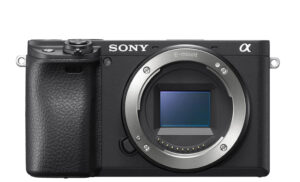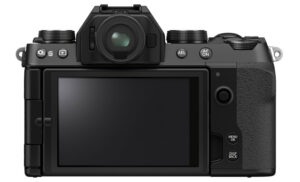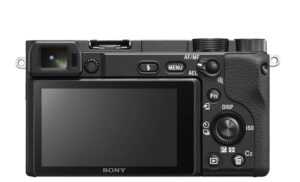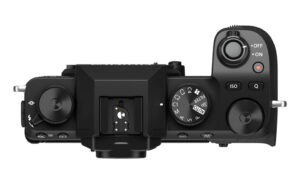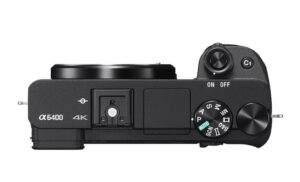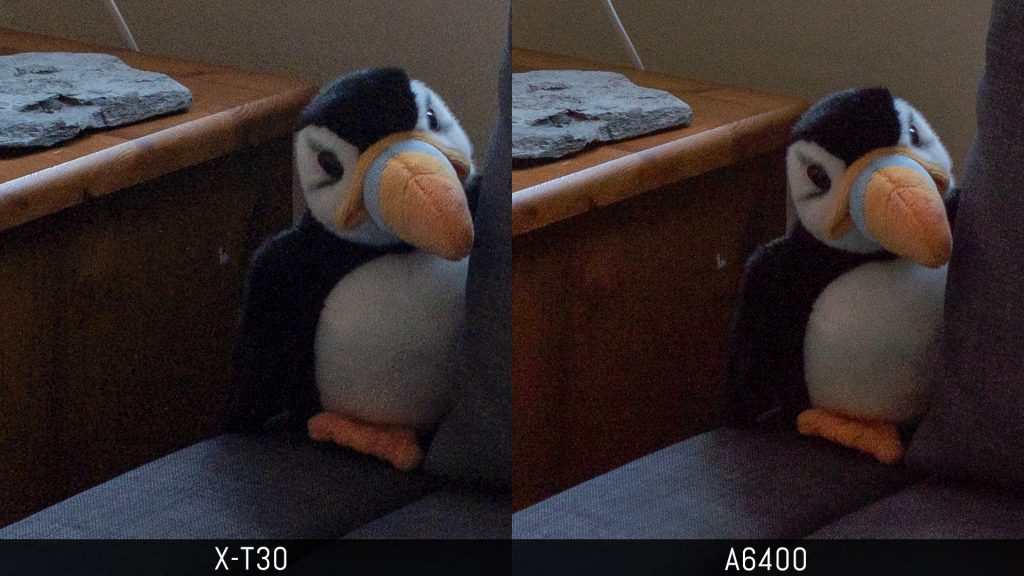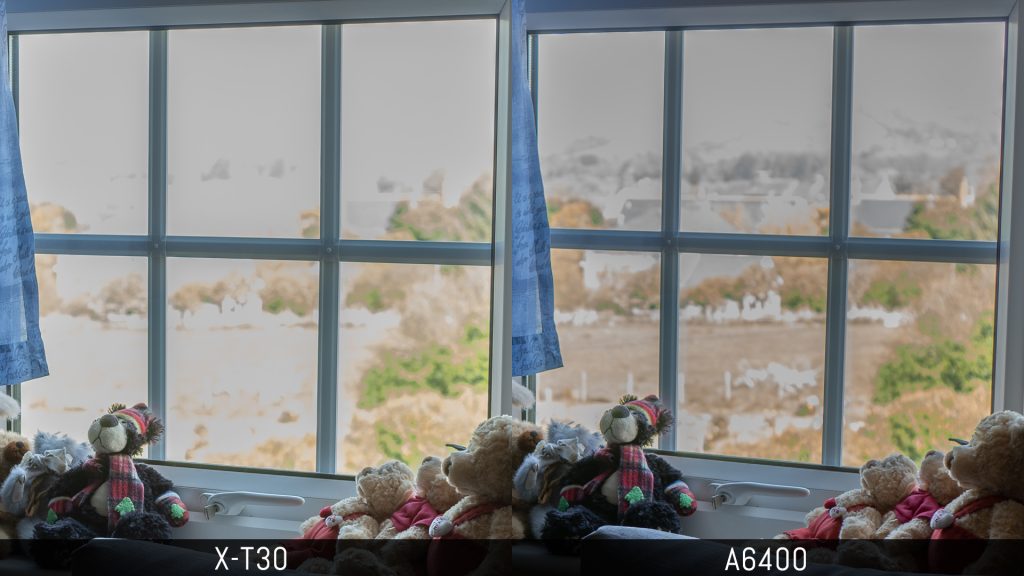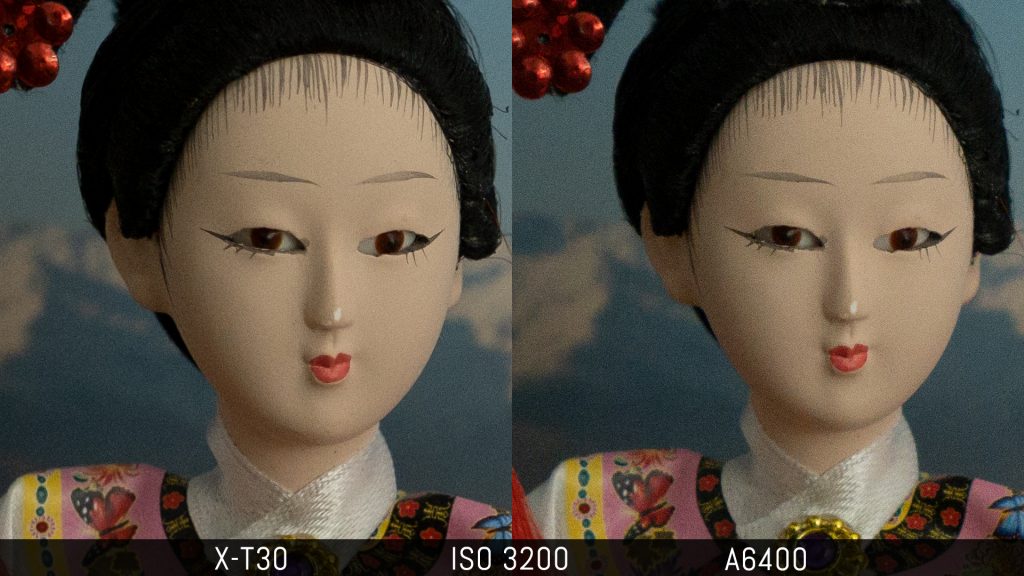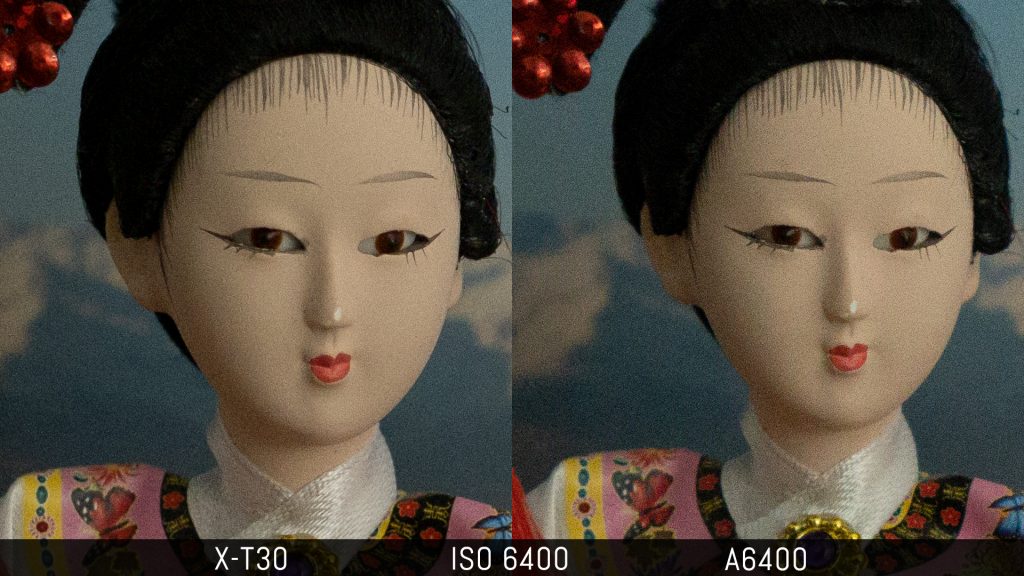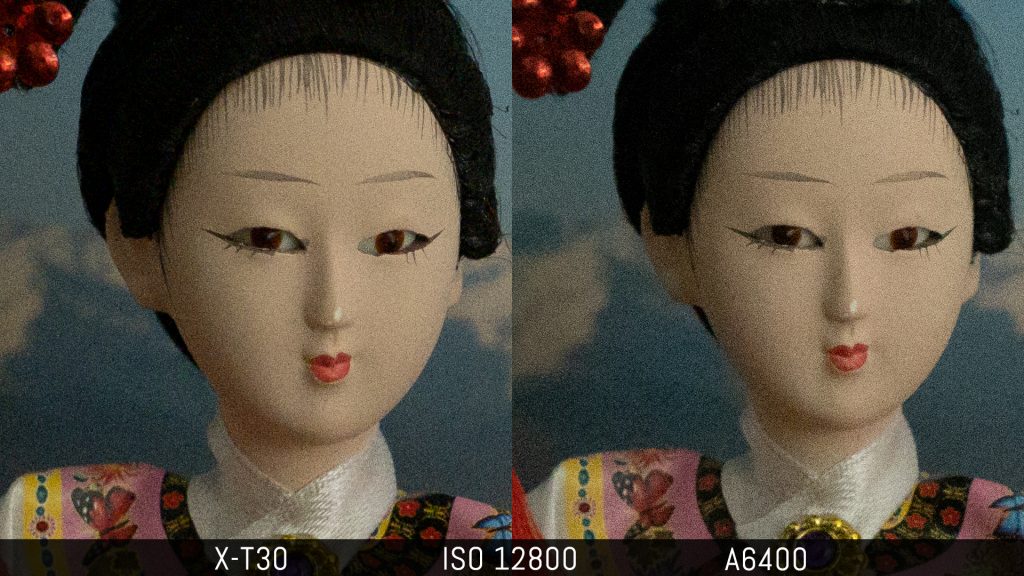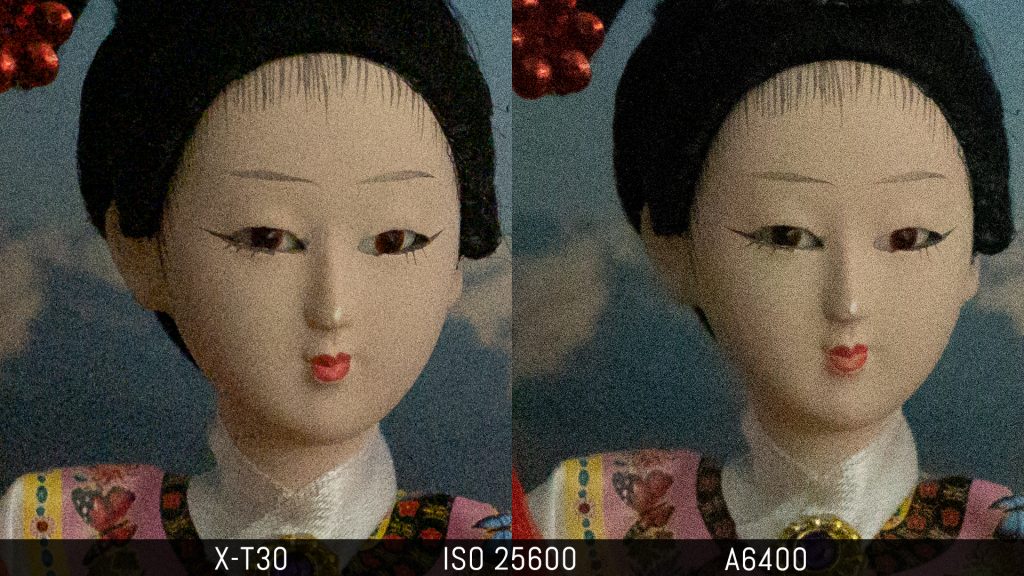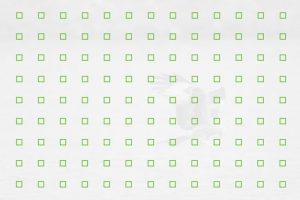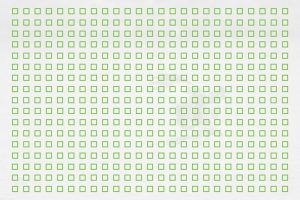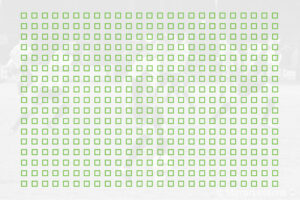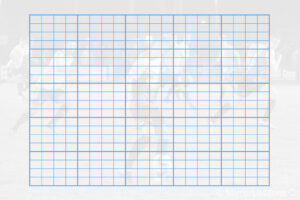The Fujifilm X-S10, a recent addition to the X-series, is a subtle yet distinctive departure from the other models when it comes to design. To me, the goal is clear: the company wants a bigger share of the APS-C market, and the new camera is priced to become one of the most attractive offerings in the mid-level segment.
In doing so, Fuji has become a tougher competitor for the company that has dominated the mirrorless APS-C market for years, Sony. Let’s have a look at how the X-S10 compares to its closest rival, the A6400.
What the X-S10 and A6400 have in common:
- APS-C format sensor
- 4K video up to 30p
- Single SD card slot (UHS-I)
- Built-in pop-up flash
Ethics statement: the following is based on our direct experience with the A6400 and official information about the X-S10. Within the article, there are affiliate links. We were not asked to write anything about these cameras, nor were we provided with any sort of compensation. If you buy something after clicking one of these links, we will receive a small commission. To know more about our ethics, you can visit our full disclosure page. Thank you!
1. Design
The two cameras share a few similarities but there are also some important differences concerning the design.
The Sony is smaller overall, and that is also helped by the position of the viewfinder, which is included in the main frame on the left of the camera rather than sticking out from the top like the Fuji model.
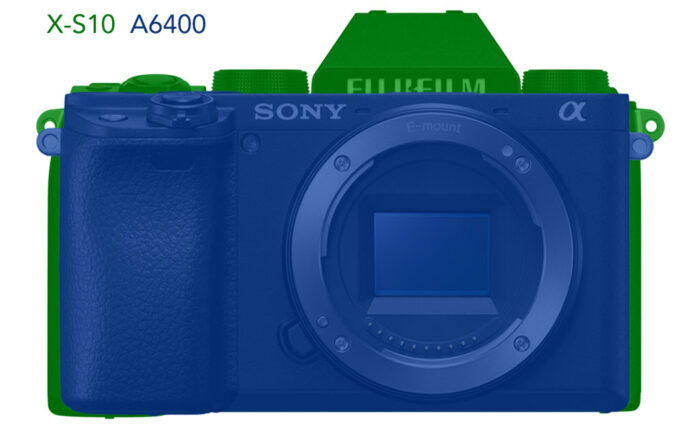
- X-S10: 126 x 85.1 x 65.4mm, 465g
- a6400: 120 x 66.9 x 59.7mm, 403g
Both cameras have a distinctive grip on the front, and that of the X-S10 is larger.

Both cameras feature a magnesium alloy construction and the A6400 is dust and moisture resistant, unlike the Fuji.
Regarding the button layout, we can highlight the AF joystick on the rear of the X-S10. The Fuji has two dials to control the exposure (front and rear) whereas the A6400 has one dial on top and a control wheel on the rear that can also be pressed in four directions and has a centre button.
2. Viewfinder and LCD screen
In addition to the position of their respective viewfinders, we also find a few differences in the specifications.
The X-S10 EVF has a magnification of 0.62x and a faster refresh rate of 100fps.
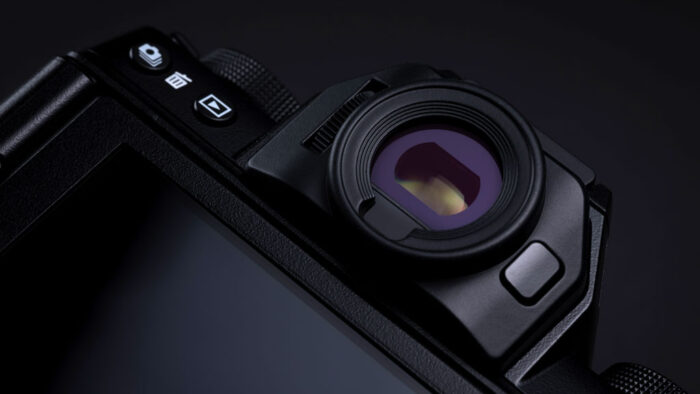
The A6400 viewfinder has more magnification (0.7x) and a faster refresh rate of 120fps when the camera is set to NTSC mode (otherwise it is 100fps in PAL mode).
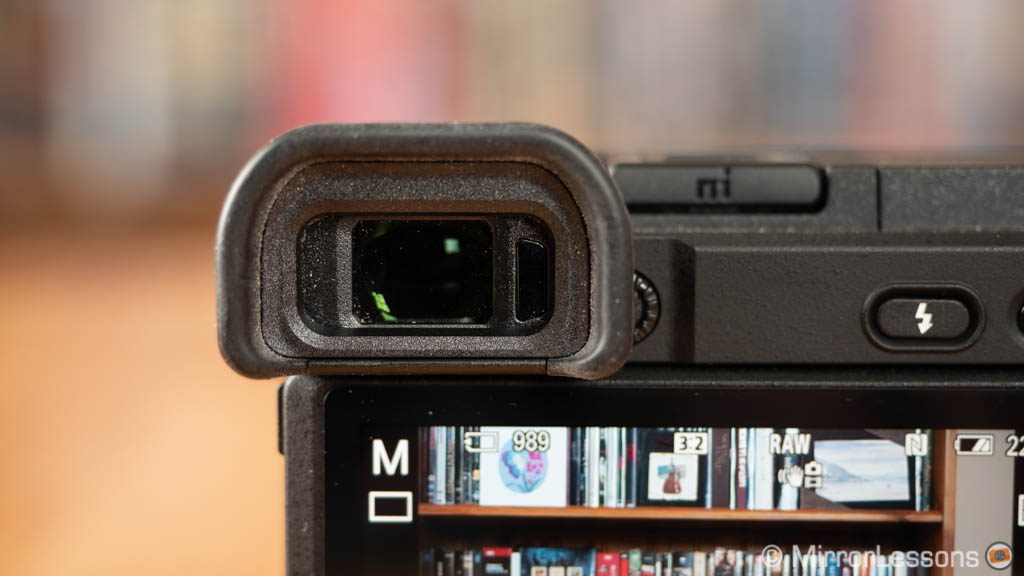
The other characteristics are the same: they both have an 0.39-in OLED panel with 2.36 million dots of resolution.
The X-S10 features a multi-angle LCD screen that you can flip to the side and rotate 180˚. In addition to more freedom of movement and angles, it is useful for V-logging and selfies.

The a6400 also allows you to position the screen at 180° but it does this with a titling mechanism. When the screen is all the way up and flipped, it becomes impossible to use the hot-shoe for accessories without the help of optional bracket extensions.
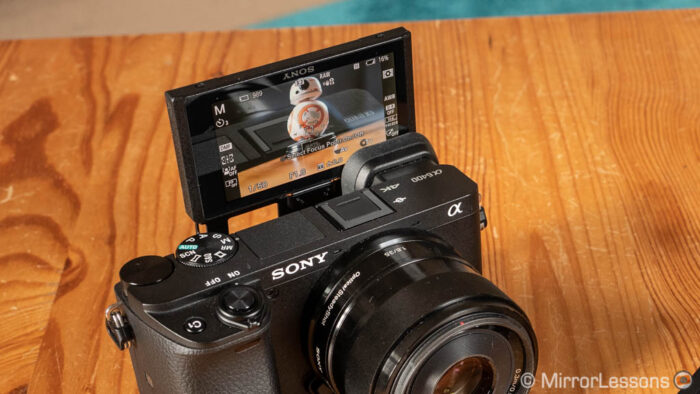
Both screens have touch capabilities. On the X-S10 you can do a lot of things including taking a shot, changing settings in the Q menu, activating up to four functions and moving the AF point.
On the Sony it merely serves the purpose of moving the AF point or activating real time tracking.
3. Image quality
The two products feature an APS-C sensor: the X-S10 has a 26.1MP BSI chip with no AA filter and the a6400 has 24.2MP with a low-pass filter.
The two sensors have a different design when it comes to the array of pixels. The Sony uses the standard Bayer type, where each line has either red and green pixels or blue and green pixels. The X-Trans IV solution on the X-S10 includes at least one green, red and blue pixel on each line.
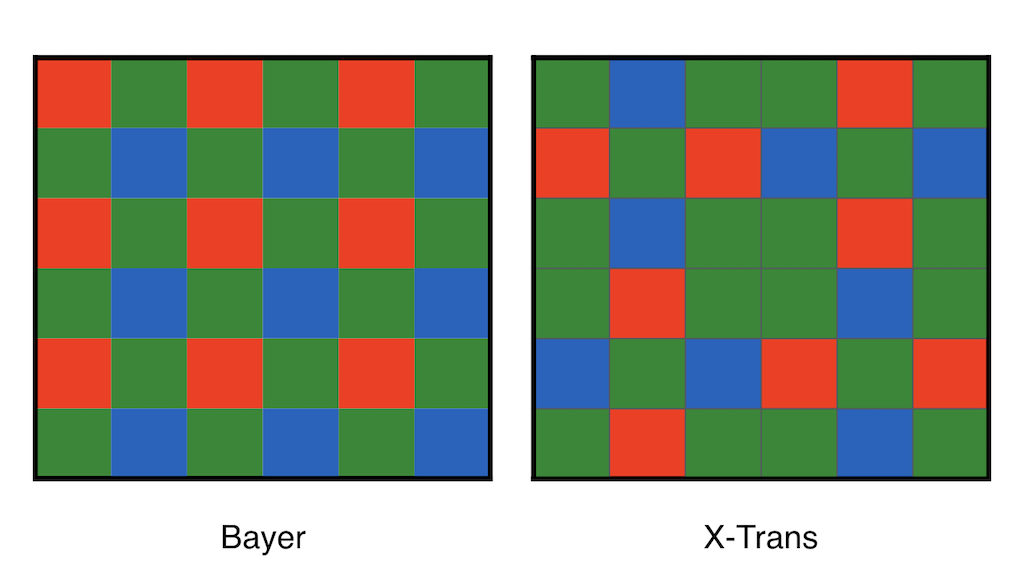
The Fuji uses the exact same sensor found in the X-T30, and since we compared the latter with the Sony already, we know exactly how the X-S10 and A6400 perform.
Both do fairly well in terms of dynamic range when recovering shadows or highlights intensively with the RAW files. The Sony displays a bit more colour noise but retains more details in the bright areas.
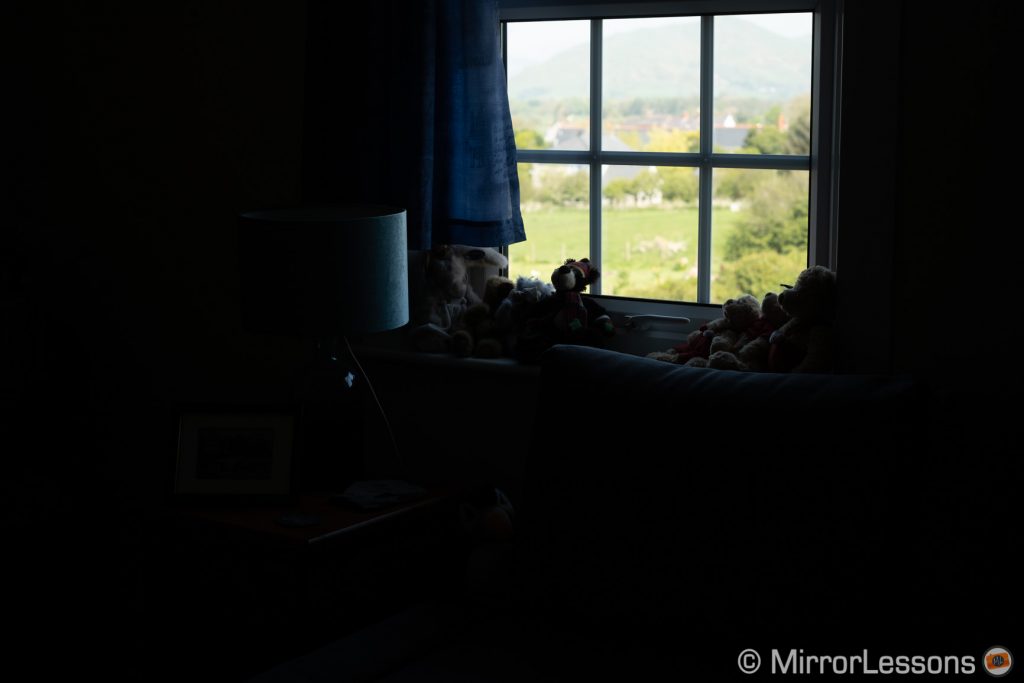

The X-S10 has a normal ISO range that goes from 160 to 12800. With extended values you get ISO 80 and can go up to ISO 51200.
The a6400 has wider range of 100 to 32000, and the extended values go up to ISO 102400 but not below 100.
Here is how these two sensors compare at high sensitivities: they perform in the same way up to 1600 ISO, then from ISO 3200, the Sony displays a bit more noise.
Note: you can check our X-T30 vs A6400 full comparison to get a better ideas of how these sensors perform, also regarding colours and other settings.
4. Image stabilisation
The X-S10 features 5-axis stabilisation. It’s a new unit that Fujifilm has specifically designed for the compact dimensions of the camera. Sony is also capable of fitting a sensor shift mechanism into the A6xxx body, but that has been reserved for the A6600 (and the A6550 that it has replaced).
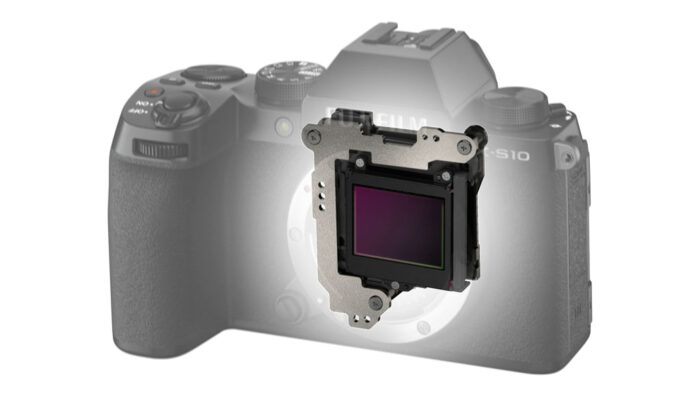
The maximum compensation the Fuji can achieve is 6 stops (CIPA standard) and this is valid for about twenty lenses. With others, the rating can go down to 5Ev or 5.5Ev.
For video, the X-S10 can add digital stabilisation to improve the performance further (with a 1.1x crop). There is also an IS Boost setting to stabilise fixed shots better.
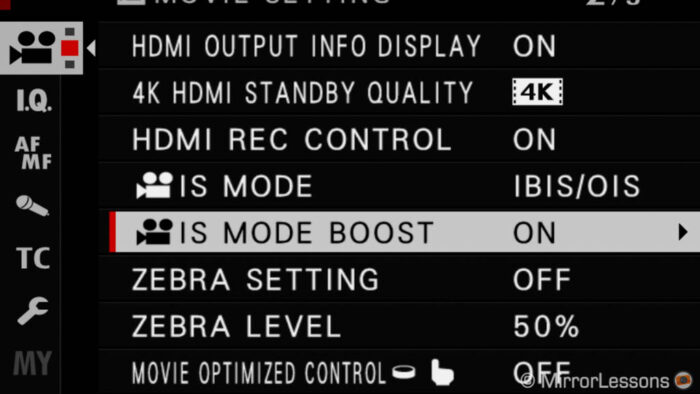
5. Autofocus
The X-S10 uses the same autofocus system found in the flagship X-T4. It has 117/425 phase detection points that cover 99% of the sensor, advanced tracking analysis to improve the keeper rate, and face and eye detection.
The a6400 uses 425 phase detection and contrast detection points. It features advanced real time tracking that analyses various layers such as face, eye, colour, colours, brightness and depth.
Both cameras claim the world’s fastest AF speed of 0.02s.
We tested the X-T4 in-depth and if its performance is anything to go by, the X-S10 should prove an excellent performer in many situations, but we still find the AF capabilities of the A6400 (and many of its siblings) to be a step ahead. The real time tracking is impressive and Eye AF rarely misses the mark, and it works for animals too!
Where the X-S10 might have an advantage, at least on paper, is in low light situations: it has a rating of -6Ev vs -2Ev on the Sony (f2 lens).
6. Continuous shooting
The X-S10 can shoot at a maximum of 8fps with the mechanical shutter, whereas the A6400 goes up to 11fps.
Activate the electronic shutter however, and the X-S10 jumps to 20fps and 30fps (the latter with a 1.25x crop). Furthermore, when the e-shutter is active, the camera can maintain a live view with no blackouts while shooting, which is great for fast movements and unpredictable subjects.
The Sony has better buffer capabilities: it can do about 99 JPGs or 46 RAW at 11fps, whereas the X-S10 does 81 JPGs and 18 RAWs at 10fps.
7. Video
Both cameras can record 4K video up to 30fps using the entire width of the sensor and oversampling (about 6K of information is used and downscaled to 4K to improve quality and sharpness).
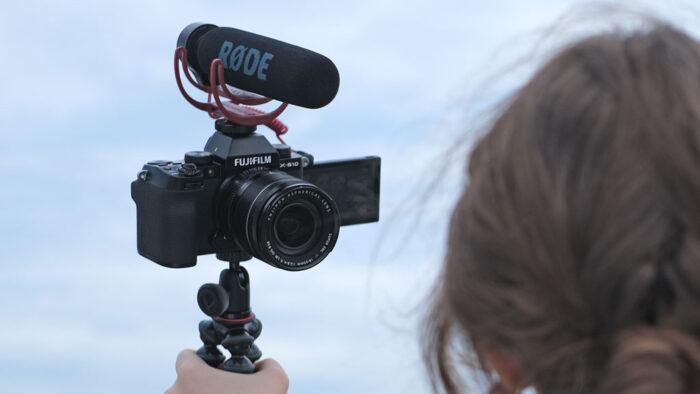
One advantage of the A6400 is that there is no recording limitation, so you can record continuously until the battery is empty or the card is full. The X-S10 has a limit of 30 minutes per clip.
Both cameras include a Log gamma profile (two on the Sony) that is available for internal or external recording. Internally, they both do 8-bit 4:2:0, whereas externally the Fuji can output 10-bit 4:2:2 via HDMI, and the Sony does 8-bit 4:2:2.
The X-S10 has other settings designed for video like the Eterna film simulation mode, noise reduction at high ISO and a few other things.
The a6400 has more settings to control the image thanks to the Picture Profiles. It also has the HLG curves.
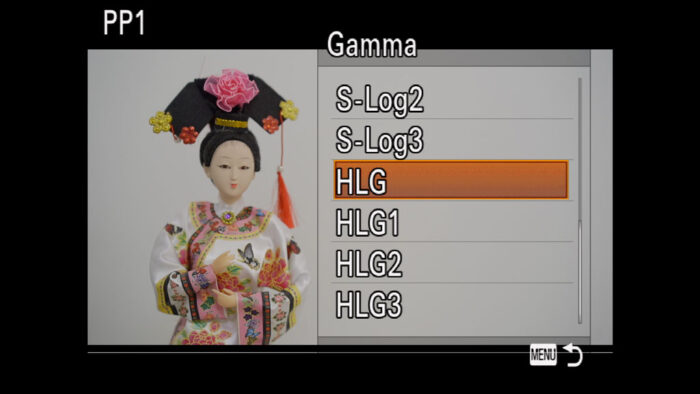
In Full HD the A6400 can record up to 120fps whereas the X-S10 goes up to 240fps. However keep in mind that the quality decreases at that frame rate and the slow motion mode crops the sensor by 1.29x on the Fuji. It is the same as the X-T4 and you can see how it looks below.
Finally, the Sony has a 3.5mm mic input whereas the X-T30 has a 2.5mm port. The USB-C connection on the Fuji also allows you to plug in a headphone via an adapter.
8. Battery life
The X-S10 has a rating of 325 shots (in normal performance mode). The a6400 has a rating that varies between 360 and 410 shots depending on if you’re using the viewfinder or LCD monitor. Either way, it is higher than on the Fuji.
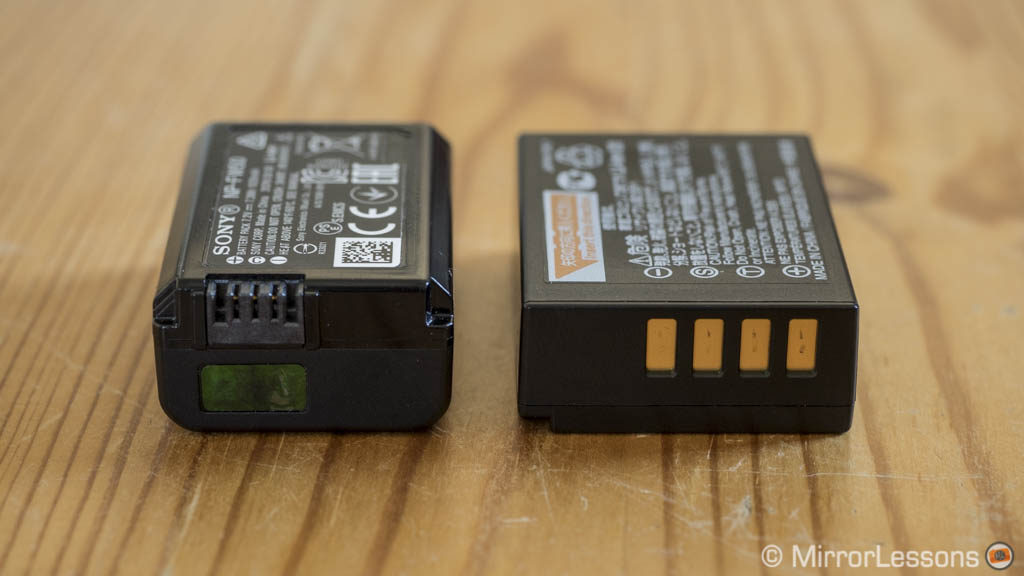
That said, remember that these CIPA official ratings are always lower than what you can get in the real world. But at least they are an indication of which might perform better.
Both cameras can be charged or powered via the USB-C port.
9. Lens system
Fujifilm offers a good catalogue of lenses with a balanced selection of zooms and primes. Thanks to the large grip of the X-S10, even large lenses like the 16-55mm 2.8 or the 100-400mm should be comfortable enough to use. What is missing is more lenses from third party manufacturers. Viltrox is the one making the most effort right now, being one of the only non-Fuji brands to offer autofocus, but its lenses are available for Sony too.
The E-mount line-up is much larger. While the APS-C selection might not look as good as Fuji, once you open to the full frame selection and all the third party manufacturers that have invested into the system, there is a lot of choice. Granted, some of these lenses are expensive or a bit big for the compact A6400, but at least there is the choice.
10. Price
The Fujifilm X-S10 is available at the price of $1000, £950 or €1000 for the body only. Add on $400 or $500 for the 18-55mm 2.8-4 or 16-80mm f4 kit lens.
The A6400 can be found for $900, £900 or €900 body only. Add on $100 for the 16-50mm compact zoom lens or $400 for the 18-135mm 3.5-5.6.
As usual, prices are as of the publishing date of this article (October 2020) unless otherwise stated.
What about X-S10 vs A6100 vs A6600?
The A6400 is the camera that most closely matches the X-S10 in terms of price, but there are other similar Sony models to consider.
The most interesting option is the A6100. It is about $150 cheaper but shares the same sensor and autofocus performance including real time tracking and Eye AF for animals. However it is not weather-sealed, the EVF has less resolution (1.44M dots) and there are no Picture Profiles for video.
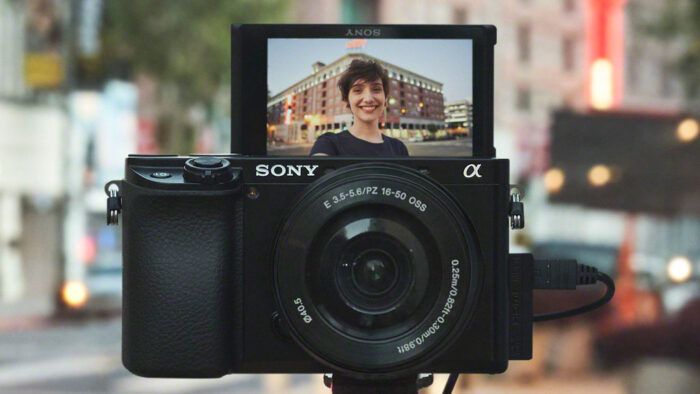
The A6600 is more expensive ($1400 body only) but has a larger grip in comparison to the other two Sonys, a bigger battery and 5-axis stabilisation.
You can read more about how the three Sony cameras compare on our dedicated article.
Conclusion
The X-S10 looks like a well-rounded package for the price: you get an excellent sensor for stills and video, a good autofocus system, super fast continuous shooting, in-body image stabilisation, a multi-angle screen and a large grip that should make the ergonomics and ease of use one of its strong characteristics.
The A6400 has a better autofocus, is dust and moisture resistant, has unlimited recording and its video quality can be configured very precisely if that is something of interest to you. It also benefits from a better lens eco-system once you look further than the APS-C range.
It’s not easy to pick one. Personally, I’d be more inclined to get the X-S10 because I think it ticks almost all the boxes for a camera in this price range. But the Sony has been around for longer, so not only does it cost less but it could benefit from further discounts, so keep an eye on that.
Reminder: the links below are affiliate links. If you decided to buy something after clicking the link, we will receive a small commission.
Check price of the Fujifilm X-S10 on
Amazon | B&H Photo
Check price of the Sony A6400 on
Amazon | Amazon UK | eBay | B&H Photo


